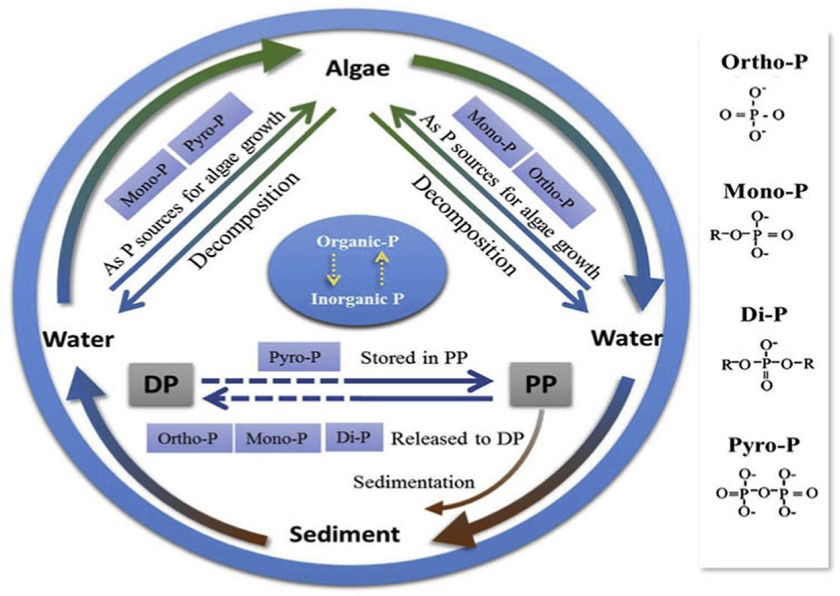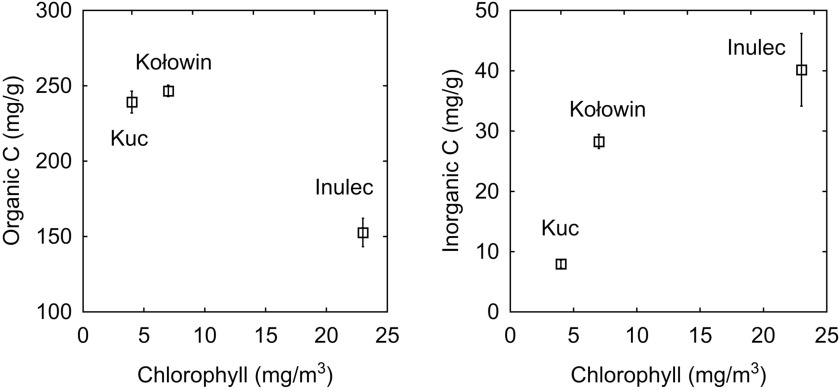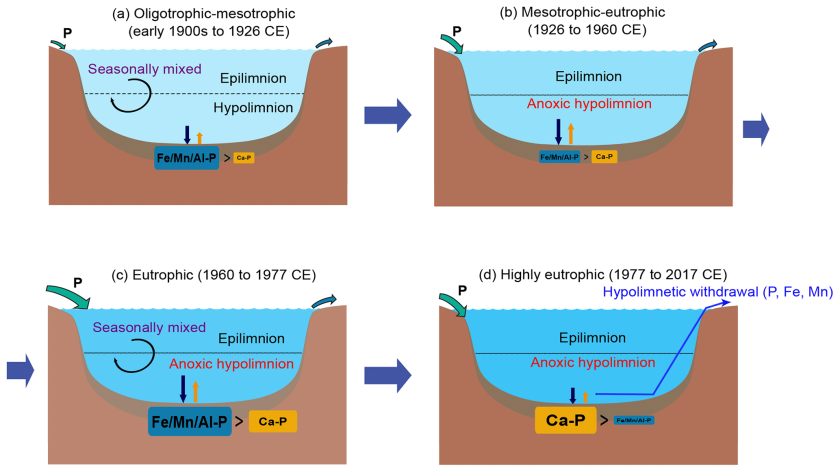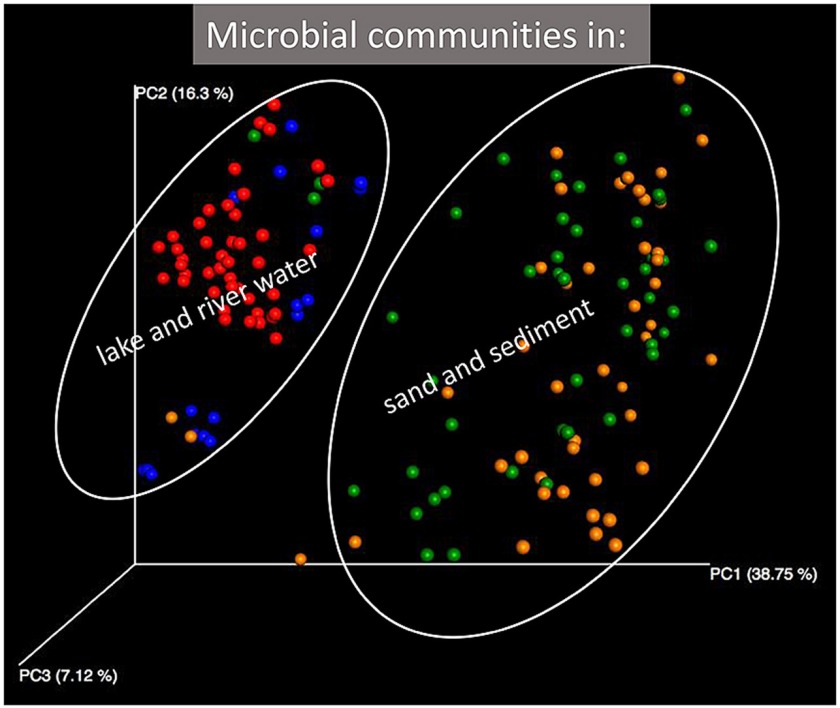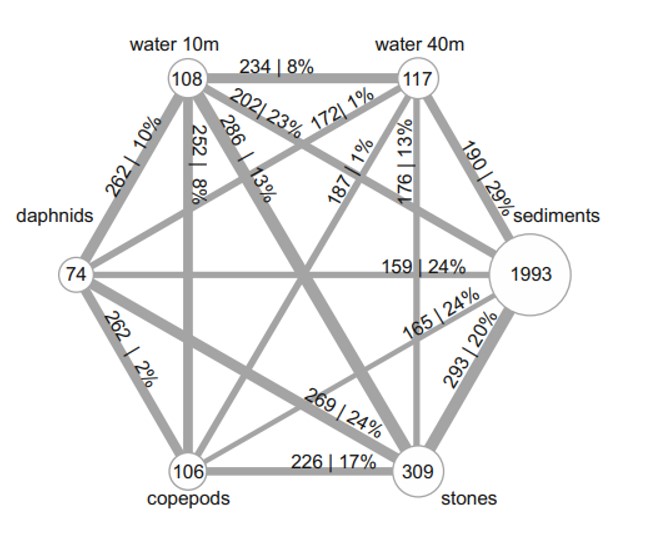
Authors
Harmful cyanobacterial blooms consisting of toxic taxa can produce a wide variety of toxins to threaten water quality, ecosystem functions and services. Of greater concern was the changing patterns of cyanobacterial assemblage were not well understood due to the lack of long-term monitoring data over the temporal scale. Biodiversity change in cyanobacterial community and paleoenvironmental variables over the past 170 years in Lake Chenghai were investigated based on sedimentary ancient DNA metabarcoding and traditional paleolimnological analysis. The results showed species richness and homogenization of cyanobacterial assemblage increased in the most recent decades, which were synchronized with the growth of artificial fertilization and decline in precipitation. Cyanobacterial co-occurrence network analysis revealed more complex interactions and weak community stability after the change point of ∼1987, while the rare cyanobacterial genera such as Anabaena, Planktothrix, Oscillatoria and Microcystis were identified to be keystone taxa affecting cyanobacterial assemblage. Furthermore, an increase of toxin-producing cyanobacterial taxa was significantly and positively associated with TN and TP, as well as TN/IP and TN/TP, which was verified by quantitative real-time PCR of mcyA and rpoC1 genes. Threshold in total nitrogen (TN) concentration should be targeted no more than 0.60 mg/L to alleviate nuisance cyanobacterial blooms in Lake Chenghai. These findings reinforce the comprehensive understanding for the long-term dynamics of cyanobacterial assemblage responding to environmental change, which could contribute to proactively regulate environmental conditions for avoiding undesirable ecological consequences.

